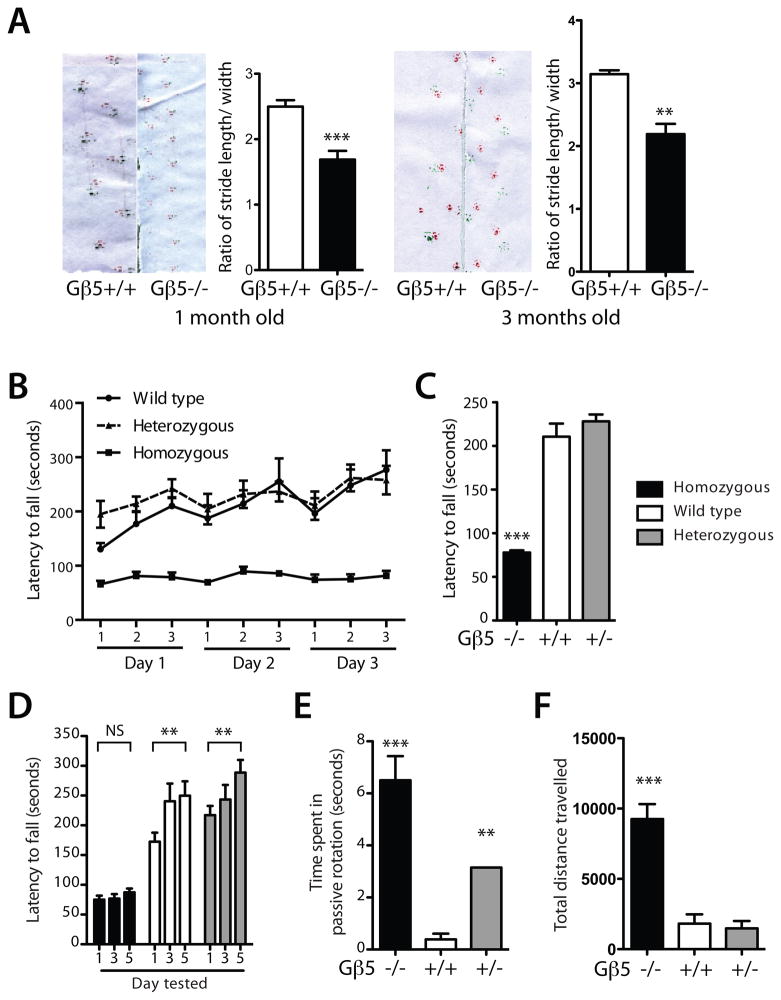Figure 2. Gait and motor abnormalities in Gβ5-homozygous knockout mice.
(A) Footprint analysis in one- and three-month old mice shows abnormal stride length to hind limb width ratio in Gβ5-deficient mice compared to wild-type. (one-month old mice, n=6 wild-type and n=6 Gnb5 KO, **P = 0.0016, two-tailed unpaired t-test; three-month old mice, n=4 wild-type and n=4 Gnb5 KO, ***P = 0.0006, two-tailed unpaired t-test) (B) Accelerating rotarod testing of littermates with the indicated genotypes for three successive trials repeated over a three-day period showing latency to fall. (C) Rotarod latency to fall results averaged over entire three-day trial (n=8 wild-type, n=9 Gnb5 heterozygotes and n=12 Gnb5 KO, ***P < 0.0001; versus wt, two-tailed unpaired t-test). (D) Five day testing on the accelerating rotarod for mice with the indicated genotypes (n=8 wild-type, n=10 Gnb5 heterozygotes and n=20 Gnb5 KO, **P < 0.02; versus day one results, two-tailed unpaired t-test). (E) Average time spent in passive rotation per trial over the five-day rotarod testing period, by Gβ5 genotype (n=8 wild-type, n=10 Gnb5 heterozygotes and n=20 Gnb5 KO, **P < 0.02; ***P < 0.0001; versus wt, two-tailed unpaired t-test). (F), Total distance travelled in open field-testing, by Gβ5 genotype. For open field-testing, mice were tested at three months of age (n=6 wild-type, n=4 Gnb5 heterozygotes and n=11 Gnb5 KO, ***P < 0.0001; versus wt, two-tailed unpaired t-test). After rotarod testing, mice from the same cohort were tested for locomotor activity by the open field test and then for footprint/gait analysis when three months old. The one month-old mice used for footprint/gait analysis represented a separate cohort.

